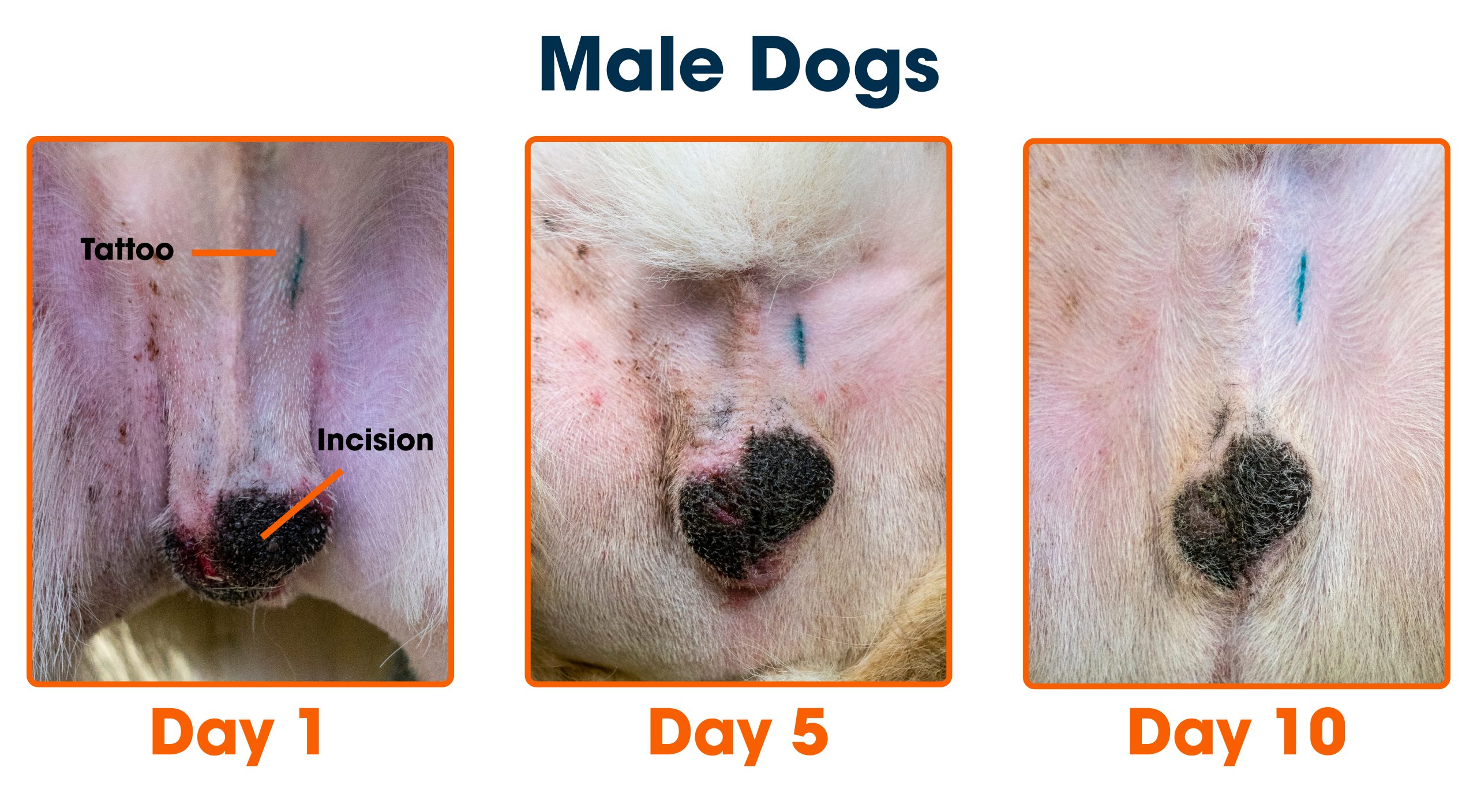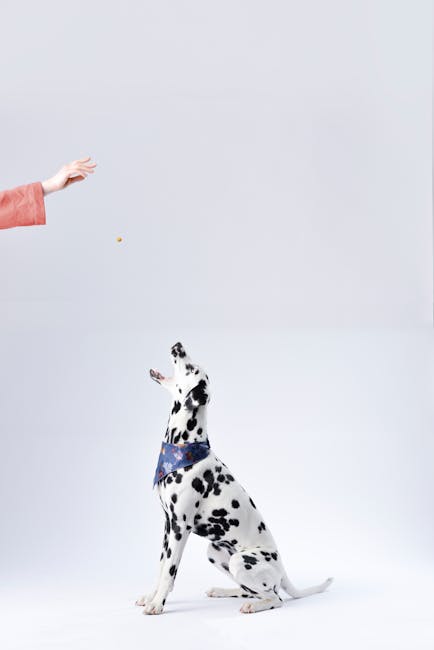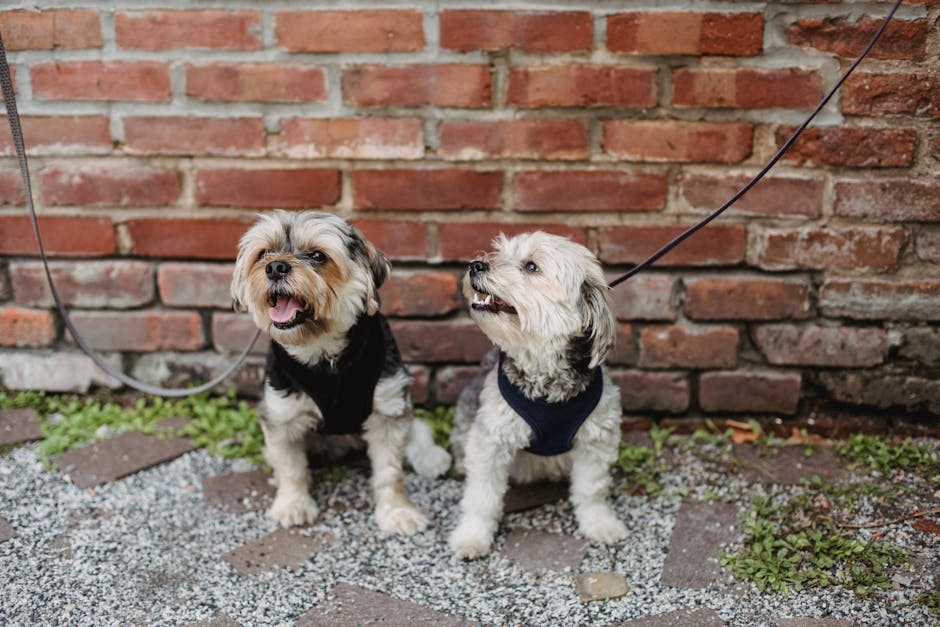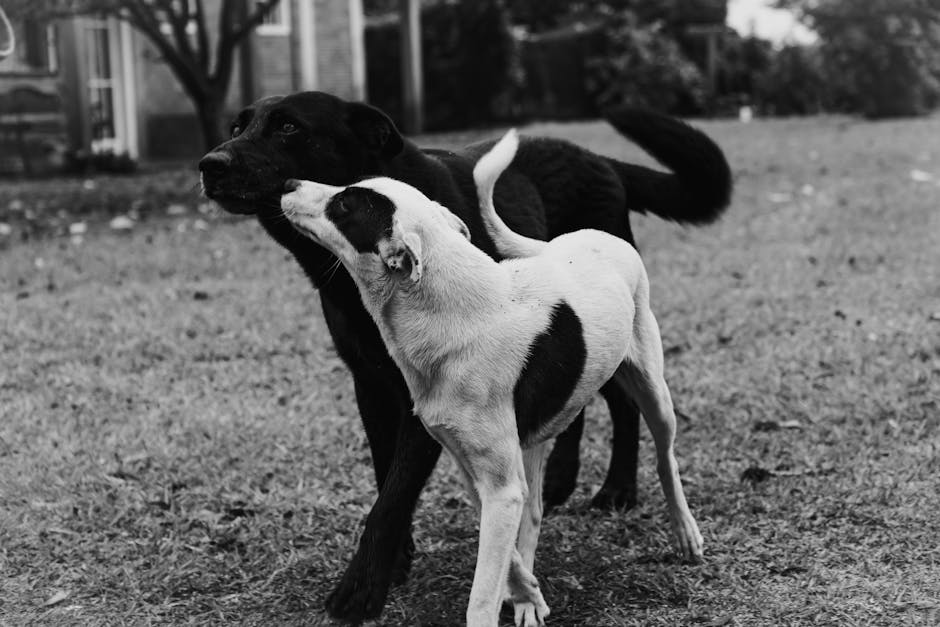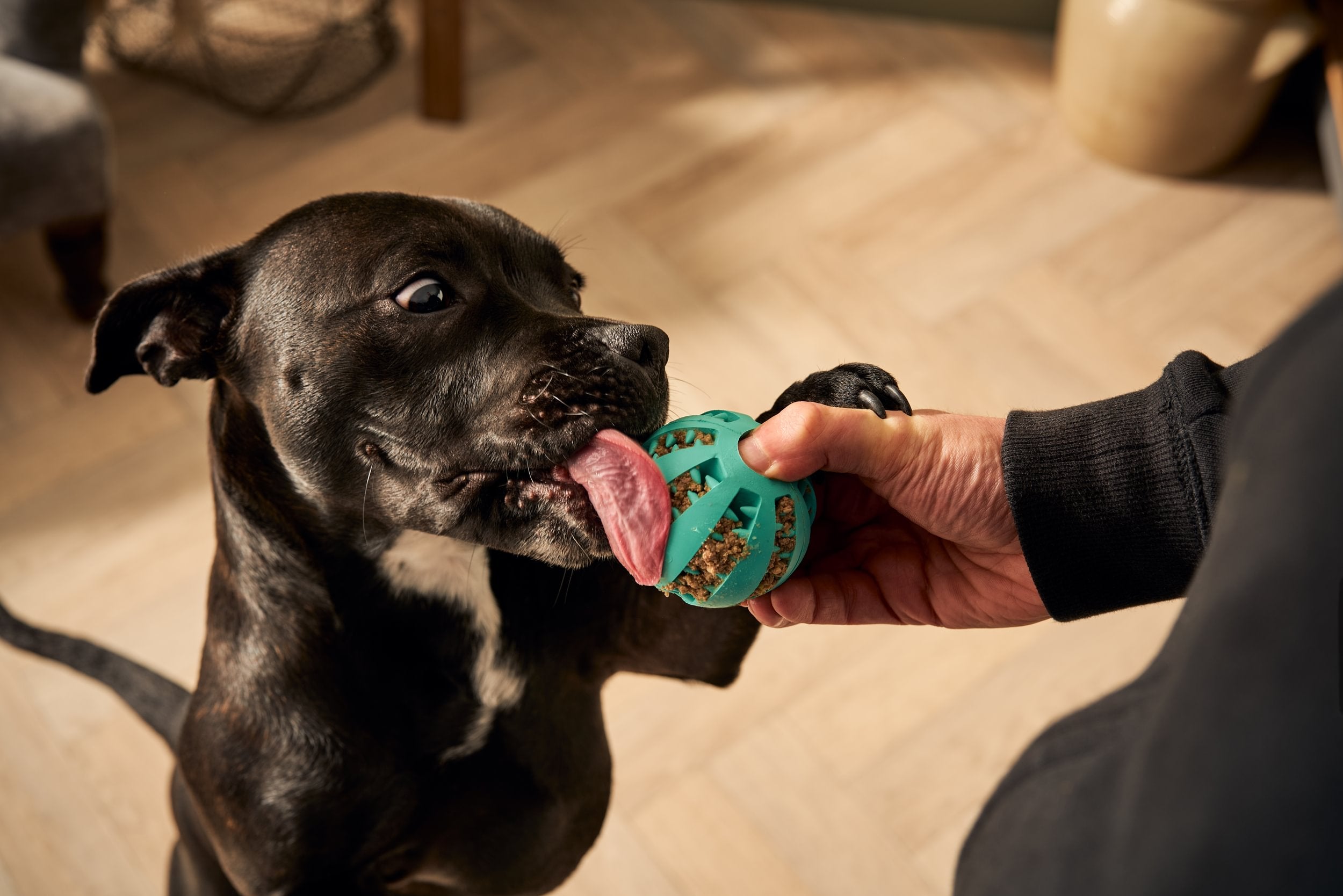Training your small dog to be obedient might seem like a challenge, but it’s easier than you think. You want your furry friend to listen, behave well, and be a joy to have around.
Imagine having a dog that follows your commands without fuss, making every moment together more fun and stress-free. In this guide, you’ll discover simple and effective ways to teach your small dog good manners. Stick with me, and you’ll soon see your pet transform into the well-behaved companion you’ve always wanted.
Let’s get started!
Choosing The Right Training Approach
Choosing the right training approach for your small dog can make all the difference in how quickly and happily they learn obedience. Each dog is unique, and finding a method that fits their personality and your lifestyle will create a stronger bond and more effective training sessions. Let’s look at some key elements to focus on while deciding the best way to train your little companion.
Positive Reinforcement Techniques
Positive reinforcement means rewarding your dog when they do something right. This could be treats, praise, or playtime—anything your dog loves. When I started training my small terrier, I noticed she responded much faster when I gave her a tiny treat immediately after she followed a command.
This technique encourages your dog to repeat good behavior instead of fearing punishment. It also builds trust and makes training a fun experience. What small rewards can you use to motivate your dog right now?
Consistency And Patience
Training a small dog requires you to be consistent with commands and routines. Use the same words and gestures for each command so your dog doesn’t get confused. I once tried changing the command for “sit” between “sit down” and “sit,” and it took my dog longer to learn.
Patience is crucial because small dogs can get easily distracted or stubborn. Practice short sessions daily, and don’t get frustrated if progress seems slow. How can you create a consistent schedule that fits both your day and your dog’s attention span?
Setting Realistic Goals
Break down training into small, achievable steps. Don’t expect your dog to master everything in one session. For example, start by teaching your dog to sit for just a few seconds before expecting a longer hold.
Celebrate small wins to keep yourself motivated and your dog encouraged. Setting goals that fit your dog’s pace helps avoid frustration on both sides. What simple goal can you set today that will build a foundation for more complex commands?

Credit: backyardpetservices.com
Essential Commands For Small Dogs
Teaching your small dog essential commands is the foundation of good behavior and safety. These commands help you communicate clearly and build trust with your furry friend. Focusing on a few key commands can make training sessions more effective and less overwhelming for both of you.
Sit And Stay
The sitcommand is one of the easiest and most useful commands to start with. It helps your dog learn patience and focus, which are crucial for other training. Once your dog masters sitting, adding the staycommand teaches them to remain calm and in place until you release them.
Try using treats and gentle hand signals to encourage your dog to sit. Then, increase the time they stay gradually. This builds their impulse control and makes walks or visits to the vet much smoother.
Come When Called
Getting your small dog to come when called can save them from danger and keep them close. Use a happy tone and reward your dog every time they respond correctly. This makes coming to you a positive experience they want to repeat.
Practice in a quiet space first, then slowly add distractions like toys or other pets. Have you noticed how a small dog’s attention can wander quickly? Keeping training short and fun helps maintain their focus.
Leave It And Drop It
Small dogs often pick up things they shouldn’t, which can be risky. Teaching the leave itcommand stops them before they grab something dangerous. The drop itcommand helps you retrieve items they already have.
Start by showing a treat in your hand and saying “leave it.” Reward your dog only when they look away. For “drop it,” swap the object for a treat, so they learn giving up items leads to rewards. How much safer would your home feel if your dog listened to these commands instantly?
Managing Common Behavioral Issues
Managing common behavioral issues in small dogs requires patience and clear strategies. These challenges can disrupt your daily life and your dog’s happiness if left unchecked. Understanding how to address barking, separation anxiety, and aggression will make training smoother and strengthen your bond.
Barking Control
Barking is a natural way for dogs to communicate, but excessive barking can be overwhelming. Identify what triggers your dog’s barking—is it strangers, noises, or boredom? Once you pinpoint the cause, redirect their attention with a command like “quiet” paired with a treat when they stop barking.
Consistency is key. If your dog barks for attention, avoid rewarding this behavior by giving in. Instead, reward silence and calm behavior. Have you noticed times when your dog barks more? Use those moments to practice quiet commands.
Separation Anxiety Solutions
Small dogs often get anxious when left alone, leading to destructive behavior or constant whining. Start by leaving your dog alone for short periods and gradually increase the time. This helps build their confidence that you will return.
Provide distractions like puzzle toys or safe chew items to keep their mind busy. Creating a cozy space with familiar scents can also comfort them. How can you change your departure routine to be less stressful for your dog?
Handling Aggression
Aggression can be scary but often stems from fear or insecurity. Observe what triggers your dog’s aggressive behavior—strangers, other animals, or sudden movements. Avoid punishment, which can increase fear and worsen aggression.
Instead, use positive reinforcement to reward calm behavior and slowly expose your dog to triggers in a controlled way. If aggression persists, consider consulting a professional trainer. What small change can you make today to help your dog feel safer and less defensive?
Tools And Equipment For Training
Training small dogs requires the right tools to make learning easy and fun. Using proper equipment helps keep your dog safe and focused. It also makes training sessions more effective and enjoyable for both of you.
Choosing The Right Leash And Collar
Select a lightweight leash that fits small dogs comfortably. A 4 to 6-foot leash offers good control without restricting movement. Choose collars that are soft and adjustable to avoid hurting your dog’s neck. Harnesses work well to reduce pulling and protect delicate throats.
Using Clickers And Treats
Clickers give a clear, consistent sound that marks good behavior instantly. They help your dog understand what you want quickly. Use small, tasty treats as rewards. Keep treats soft and easy to chew. This keeps your dog motivated without filling their tummy too much.
Creating A Training Space
Pick a quiet, distraction-free area for training sessions. A small room or a fenced yard works best. Make sure the space is safe, with no sharp or dangerous objects. Keep training sessions short and fun to hold your dog’s attention. Repeat in different spots to build good habits everywhere.
Incorporating Socialization
Incorporating socialization is key to training small dogs obedience. Socialization helps dogs feel safe in different situations. It reduces fear and unwanted behavior. Early exposure to new experiences builds confidence and trust. Socialization should be gentle and positive. It creates a happy, well-behaved dog that listens well.
Introducing New Environments
Take your dog to various places often. Parks, quiet streets, and pet-friendly stores work well. Let your dog explore sights and smells at their own pace. Keep sessions short and calm. Praise your dog for staying relaxed. New environments teach dogs to adapt and focus.
Meeting Other Dogs
Arrange safe meetings with friendly dogs. Choose calm dogs to avoid stress. Let your dog greet others on leash first. Watch body language closely. Stop the interaction if your dog seems scared. Positive dog meetings improve social skills. They also help your dog learn polite behavior.
Exposure To People And Sounds
Expose your dog to different people and voices regularly. Include children, adults, and strangers in calm settings. Play sounds like traffic, doorbells, and vacuum cleaners softly. Gradually increase the volume over time. Praise your dog for staying calm. This exposure lowers anxiety and boosts obedience.

Credit: hsvb.org
Maintaining Progress And Motivation
Keeping your small dog’s obedience training on track requires more than just initial effort. Staying motivated and maintaining steady progress is key to long-term success. You need to create a routine that keeps both you and your dog engaged and moving forward.
Regular Practice Sessions
Short, frequent training sessions work best for small dogs. Aim for 5 to 10 minutes a few times a day rather than one long session. This helps your dog stay focused without getting overwhelmed or bored.
Consistency is crucial. Try to practice at the same times daily so your dog learns to expect training as part of their routine. Have you noticed how your dog responds better when you keep sessions predictable?
Rewarding Good Behavior
Positive reinforcement motivates your dog to repeat good behavior. Use treats, praise, or playtime immediately after they obey a command. This clear connection encourages them to listen next time.
Vary the rewards to keep things exciting. Sometimes use a favorite toy, other times a tasty treat. This variety stops your dog from losing interest and helps maintain their enthusiasm.
Adjusting Techniques Over Time
As your dog learns, their training needs will change. If a method stops working, don’t hesitate to switch it up. For example, if treats lose their appeal, try using a new game or different rewards.
Pay attention to your dog’s reactions. Are they getting bored or distracted? Adjust your approach based on what keeps them engaged. This flexibility helps prevent training plateaus and keeps progress steady.
Credit: www.tiktok.com
Frequently Asked Questions
How Long Does Obedience Training Take For Small Dogs?
Obedience training duration varies by dog and method. Typically, small dogs show progress within 4 to 6 weeks. Consistent daily sessions of 10-15 minutes help reinforce commands and good behavior effectively.
What Are The Best Obedience Commands For Small Dogs?
Basic commands like sit, stay, come, and heel work best. These commands build foundation and control. Use positive reinforcement to encourage quick learning and obedience in small dogs.
How Often Should I Train My Small Dog?
Daily short sessions of 10 to 15 minutes are ideal. Frequent practice helps small dogs retain commands better. Consistency and patience improve obedience and strengthen your bond.
Can Small Dogs Be Trained Like Large Dogs?
Yes, small dogs respond well to the same training principles. Techniques like positive reinforcement and consistency work regardless of size. Tailor exercises to suit your dog’s energy and breed traits.
Conclusion
Training small dogs in obedience takes patience and consistency. Start with short, simple commands and reward good behavior. Keep sessions fun and avoid punishment. Small dogs learn best with gentle guidance and clear rules. Practice daily to build trust and improve skills.
Celebrate small wins and stay calm during challenges. Over time, your dog will become well-behaved and happy. Training creates a strong bond between you and your pet. Remember, kindness always works better than force. Enjoy the journey and watch your small dog grow confident and obedient.

